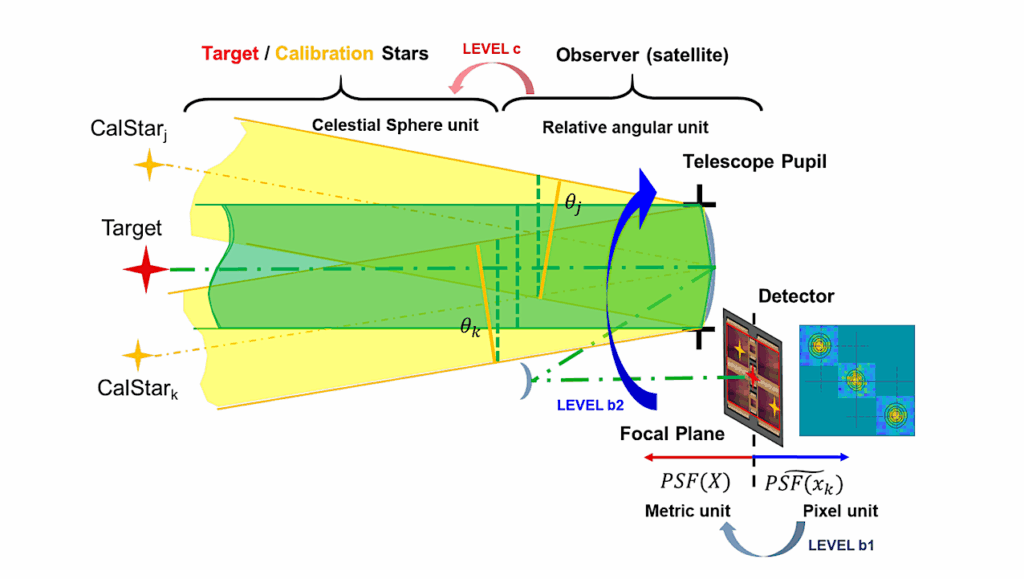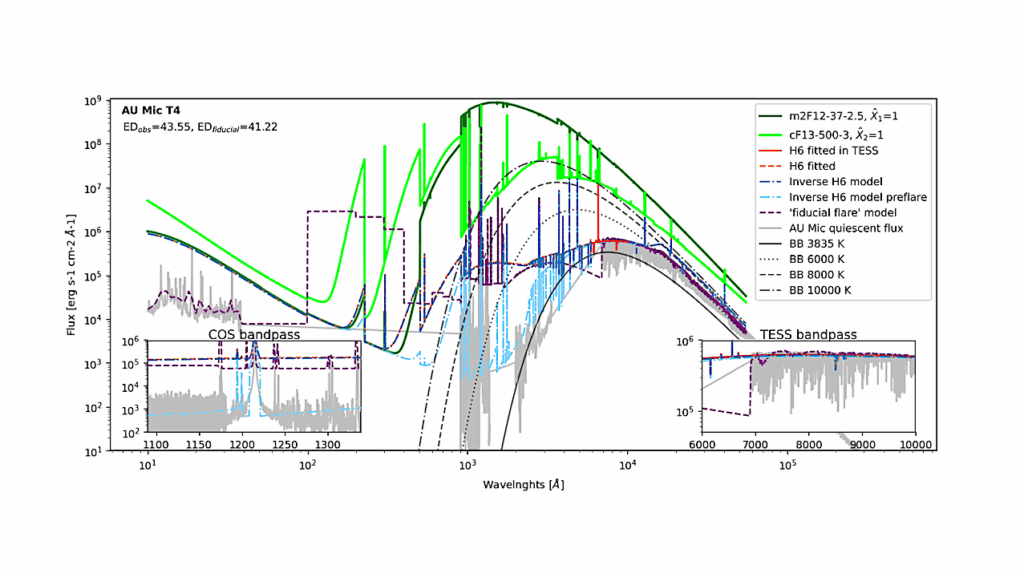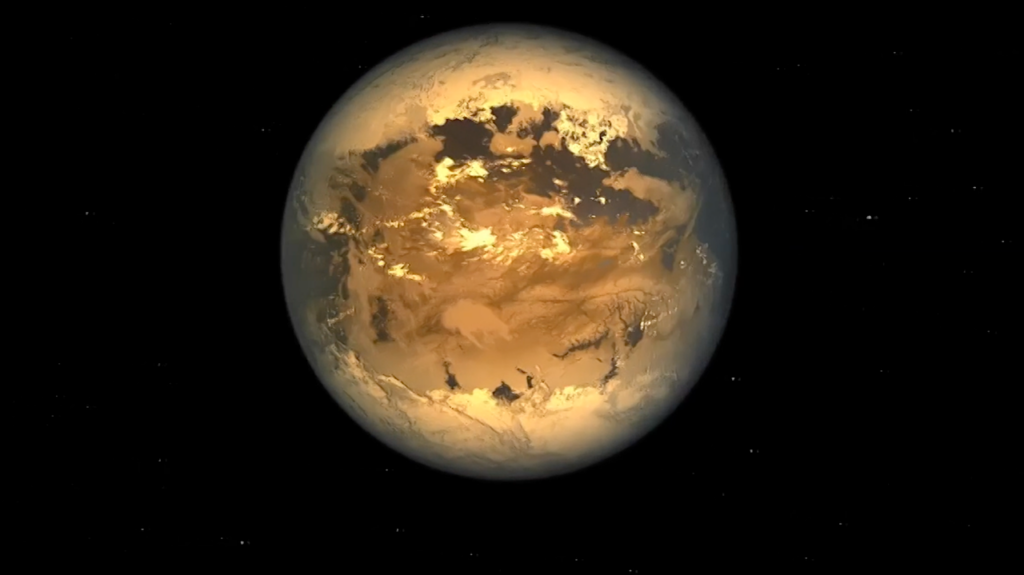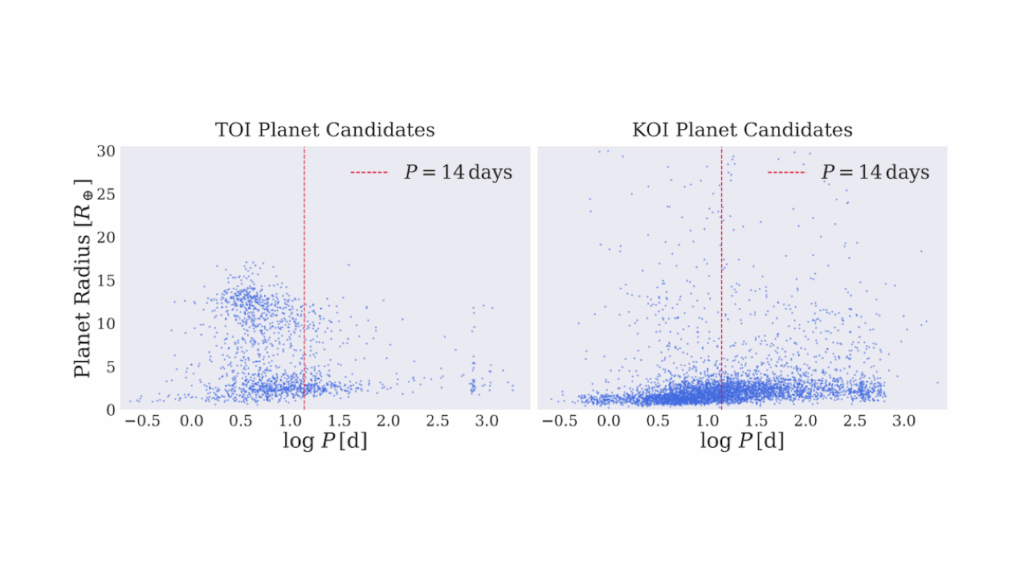Strong Correlation Between Inner Super-Earths And Outer Gas Giant

The connection between outer gas giants and inner super-Earths reflects their formation and evolutionary histories. Past work exploring this link has suggested a tentative positive correlation between these two populations, but these studies have been limited by small sample sizes and in some cases sample biases.
Here we take a new look at this connection with a sample of 184 super-Earth systems with publicly available radial velocity data and fully resolved outer gas giants. We calculate the frequency of outer gas giants (GG) in super-Earth (SE) systems, dividing our sample into metal-rich ([Fe/H] > 0) and metal-poor ([Fe/H]≤0) hosts.
We find P(GG|SE, [Fe/H]>0) = 28.0+4.9−4.6% and P(GG|SE, [Fe/H]≤0) = 4.5+2.6−1.9%. Comparing these conditional occurrence rates to field giant occurrence rates from Wittenmyer et al. 2020, we show that there is a distinct positive correlation between inner super-Earths and outer gas giants for metal-rich host stars at the 2.5σ level, but this correlation disappears for metal-poor systems.
We further find that, around metal-rich stars, the GG/SE correlation enhances for systems with giants that are more distant (beyond 3 AU) and/or more eccentric (e>0.2), while gas giant multiplicity does not appear to affect the level of correlation. Such trends again disappear around metal-poor stars with the exception of systems of multiple giants in which we observe an anti-correlation.
Our findings highlight the critical role metallicity (disk solid budget) plays in shaping the overall planetary architecture.
Marta L. Bryan, Eve J. Lee
Comments: submitted to ApJL
Subjects: Earth and Planetary Astrophysics (astro-ph.EP)
Cite as: arXiv:2403.08873 [astro-ph.EP] (or arXiv:2403.08873v1 [astro-ph.EP] for this version)
Submission history
From: Marta Bryan
[v1] Wed, 13 Mar 2024 18:00:12 UTC (1,087 KB)
https://arxiv.org/abs/2403.08873
Astrobiology








